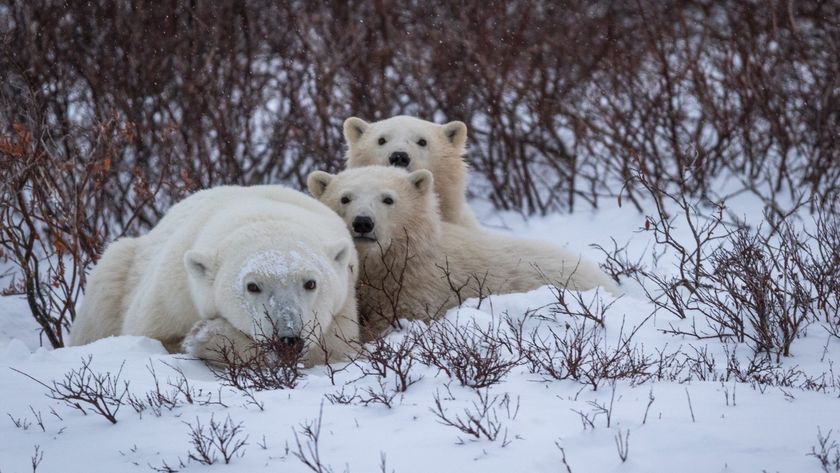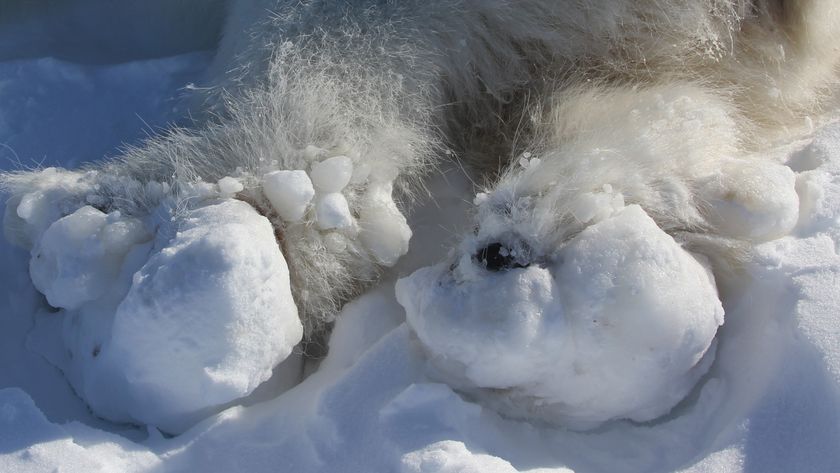
Adorable Andean Bears at Play (Photos)
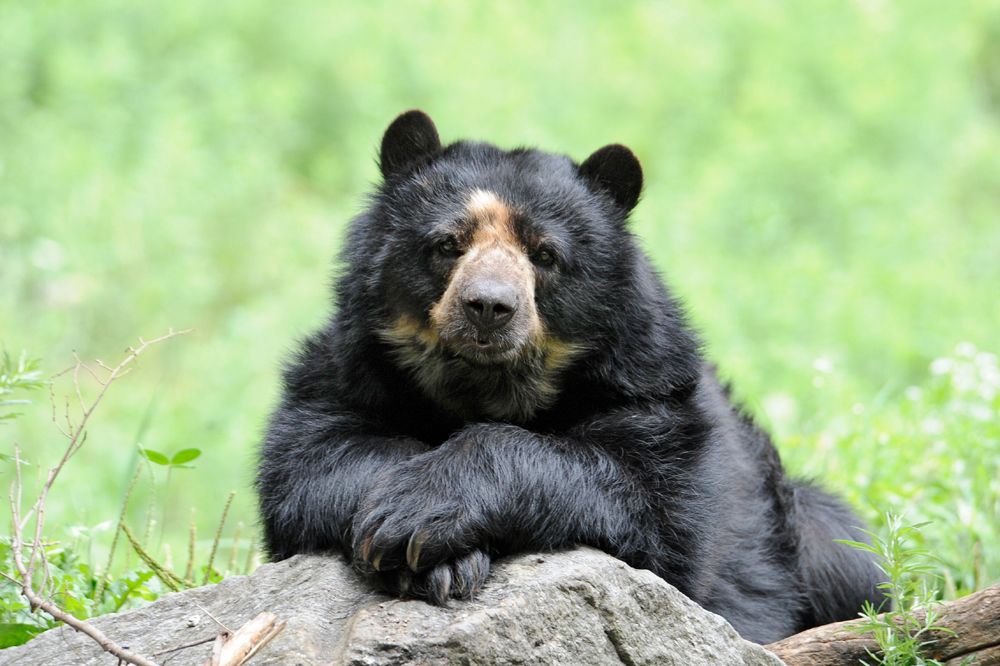
Scott Silver is director and curator of Animals at the Wildlife Conservation Society’s (WCS) Queens Zoo. Silver is the species survival plan coordinator for Andean bears for the Association of Zoos and Aquariums. Julie Larsen Maher is staff photographer for WCS, the first woman to hold the position since the society's founding in 1895. In addition to field visits, Maher photographs the animals at WCS's five New York-based wildlife parks: the Bronx Zoo, Central Park Zoo, New York Aquarium, Prospect Park Zoo and Queens Zoo. She contributed this article to Live Science's Expert Voices: Op-Ed & Insights.
On the forested slopes of the Andes mountain range lives the only bear species in South America: the Andean bear (Tremarctos ornatus). Sometimes called a spectacled bear due to some of the bears having cream-colored facial markings resembling eyeglasses, Andean bears look similar to the black bears of North America, but are not closely related to them at all. In fact, the closest relatives of the Andean bears were probably an extinct North American bear species called the "short-faced" bears. Those bears grew to enormous sizes (as big as 12 feet tall standing on their hind legs), and may have been among the largest land carnivores of their time before they went extinct several thousand years ago.
The Andean bears reach only about 400 pounds or so, and females are even smaller. They are also much less carnivorous than their extinct cousins likely were, subsisting on fruits, flowers, and other vegetation more than the rare meat meal. In the tropical forests where they are found, Andean bears spend a good deal of time in the trees, often building nests in them to sleep overnight.
Today, Andean bears are found in parts southern Venezuela, Colombia, Ecuador, Bolivia, Peru and northern Argentina. They face major threats from loss of their forest habitats to agriculture, and they are thought to be pests when they raid cornfields, or sometimes take cattle or other farm animals. Mostly shy and intelligent, Andean bears find refuge in the high altitude habitats from which they get their name, often at 5,000 to 8,000 feet above sea level, and occasionally as high as 15,000 feet above sea level. (Images credit: Julie Larsen Maher ©WCS.)
In trouble
While no one is sure how many Andean bears still survive in the wilds of South America, there are only about 50 of these bears in Association of Zoos and Aquariums zoos.
Unique individuals
Sign up for the Live Science daily newsletter now
Get the world’s most fascinating discoveries delivered straight to your inbox.

Andean bear facial markings are distinctive, and allow researchers to easily identify individual animals.
Tree-dwellers

Andean bears climb trees and build nests in them. While most Andean bears have at least some yellowish markings around their face, not all of them result in a "spectacle" pattern.
Petite ladies
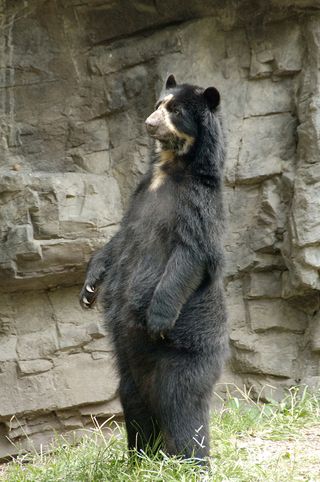
Andean bear females are sometimes only one third the size of the males.
Varied homes

While most often found in tropical forest habitats, there are some populations of Andean bears that are found in thick desert scrublands as well.
Easy to identify

About the size and shape of the North American black bear, Andean bears can easily be distinguished from them by their light colored facial markings.
An endangered species

Andean bear populations in the wild are declining due to habitat loss for agriculture and hunting.
Home above
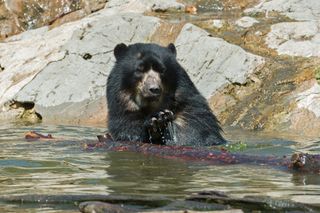
In zoos, Andean bears spend as much time in the water as the trees.
Misty environment
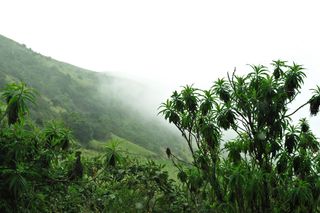
In the high altitude Andean homes of these bears, forests often receive moisture through cloudy mists, rather than precipitation.
Maintaining diversity
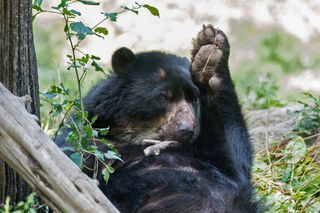
To keep captive populations healthy, U.S. and European zoos have exchanged bears to maintain genetic diversity in their populations.
Bouba

Bouba is a young Andean bear born in France who currently resides at the Queens Zoo in Flushing, New York.
Nature's store
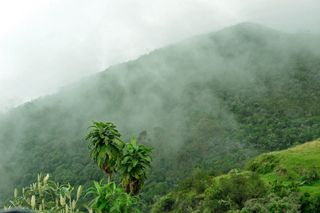
The dense tropical cloud forests offer both an abundance of food for Andean bears, as well as a refuge from encroaching humans.
The Queens Zoo has more than 75 species of animals from the Americas including Andean bears, pumas, parrots and bison. Learn about wildlife on the WCS photo blog, Wild View, including more on Andean bears in the post Real Life Teddy Bears.
Follow all of the Expert Voices issues and debates — and become part of the discussion — on Facebook, Twitter and Google+. The views expressed are those of the author and do not necessarily reflect the views of the publisher. This version of the article was originally published on Live Science.
